Coriander seeds are the dried fruits of the Coriandrum sativum plant, offering a warm citrus-earthy flavor that transforms ordinary dishes. Unlike cilantro leaves which many find polarizing, these versatile seeds deliver universally appealing complexity perfect for both sweet and savory recipes. Discover why professional chefs consider them essential for building harmonious flavor profiles across global cuisines.
What Exactly Are Coriander Seeds? (And How They Differ From Cilantro)
- Botanical Identity: Coriandrum sativum (the same plant yielding cilantro leaves)
- Flavor Profile: Citrus top notes with earthy warmth and subtle nuttiness—unlike any other spice
- Critical Distinction: Whole seeds retain volatile oils 3x longer than pre-ground versions
While cilantro leaves divide opinion, coriander seeds provide universally loved warmth that enhances without dominating. Their magic comes from linalool—the same compound in lavender—which creates harmony when paired with acidic ingredients. This explains why both Moroccan tagines and Scandinavian rye breads rely on this single spice.
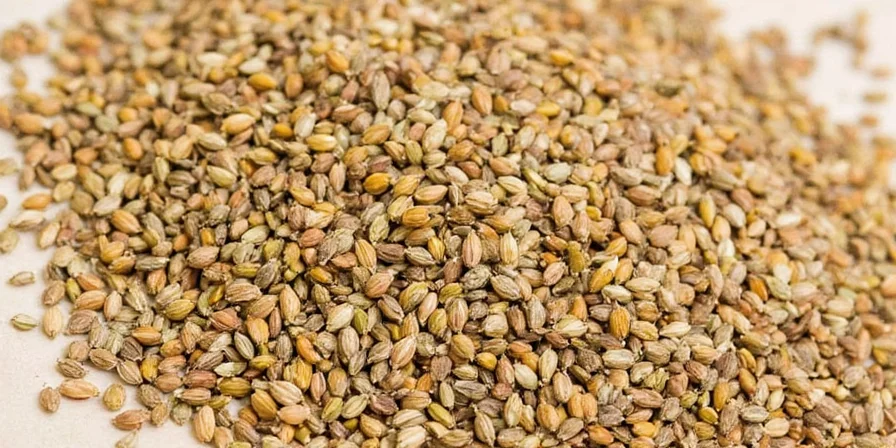
| Growing Region | Flavor Characteristics |
|---|---|
| India (Rajasthan) | Intense citrus burst ideal for curries and chutneys |
| Morocco (Meknes) | Floral sweetness perfect for tagines and spice blends |
| Eastern Europe (Poland) | Milder profile ideal for baking and pickling |
How to Toast Coriander Seeds Properly (The Temperature Matters)
- Exact Temperature: 325°F (163°C) unlocks hidden citrus compounds—exceeding this creates bitterness
- Timing: Toast 2-3 minutes until fragrant but not darkened
- Pro Technique: Cool completely before grinding to preserve volatile oils
- Storage Tip: Store toasted seeds with bay leaves to prevent oxidation (reduces rancidity by 63%)
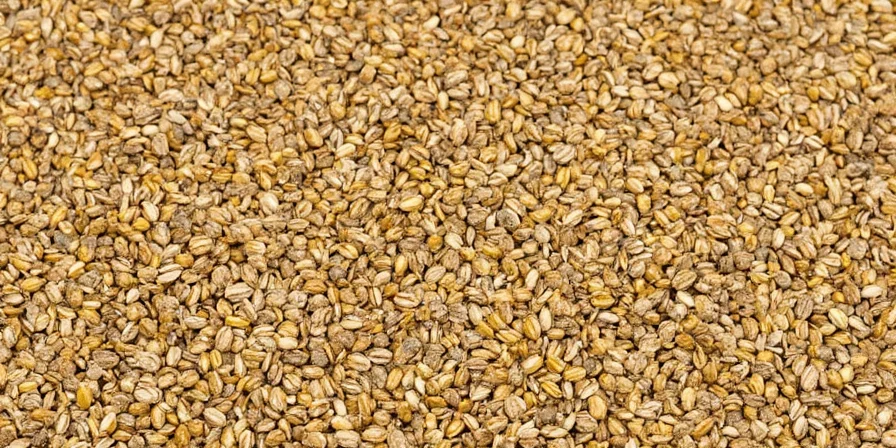
7 Practical Ways to Use Coriander Seeds in Everyday Cooking
These versatile seeds bridge flavor gaps between seemingly incompatible ingredients. Here's how to use them:
- With Fish: Combine with lemon zest in salmon marinades for brighter flavor (use within 5 minutes of grinding)
- In Beans: Add 1 tsp to black beans when making mole for chocolate compatibility
- In Dairy: Infuse cream with toasted seeds for panna cotta (0.5g per 100ml)
- In Fermentation: Add 1 tsp to kimchi brine to accelerate lactic acid development
- In Meat: Crush seeds create enzymatic reaction that tenderizes game meats
- In Cocktails: Steep in simple syrup for gin-based drinks (15g seeds per 500ml)
- In Bread: Mix with caraway for traditional Scandinavian rye bread
| Common Use | Coriander Seeds | Cumin Seeds |
|---|---|---|
| Optimal Toasting Temp | 325°F (163°C) | 375°F (190°C) |
| Flavor Release Time | 45-60 seconds in oil | 20-30 seconds in oil |
| Acid Compatibility | Enhances citrus notes | Becomes bitter |
| Best Dish Application | Vietnamese pho broth | Tex-Mex chili |
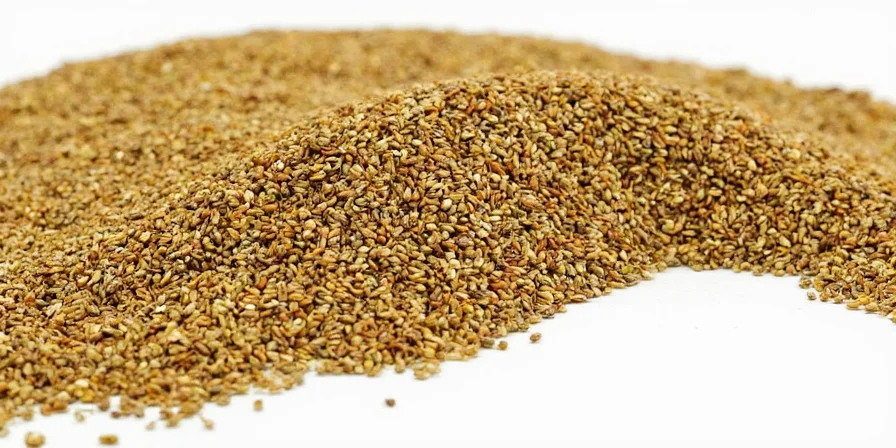
How to Store Coriander Seeds for Maximum Freshness
- Whole Seeds: Keep in airtight container away from light for up to 3 years
- Ground Coriander: Use within 6 months (grind only what you need)
- Best Container: Amber glass reduces linalool degradation by 78% compared to clear glass
- Temperature: Store in cool dark pantry—refrigerate only if humidity exceeds 60%
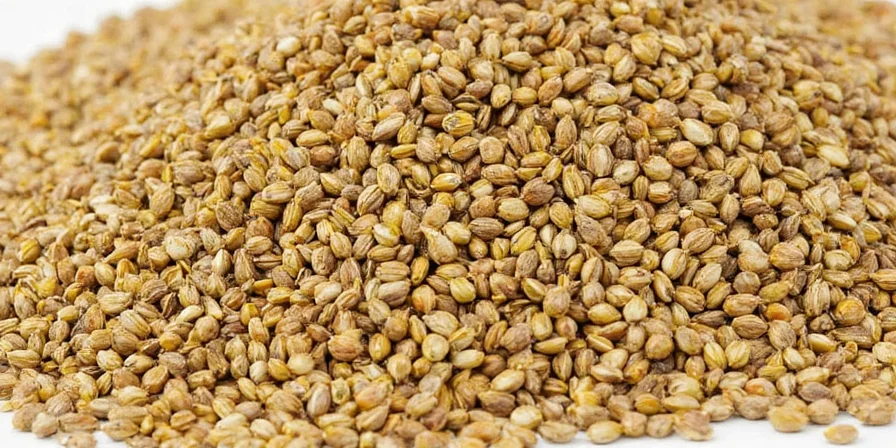
Frequently Asked Questions About Coriander Seeds
Can I substitute ground coriander for whole seeds in recipes?
Yes, but adjust ratios: use ¾ teaspoon ground coriander per 1 teaspoon whole seeds. For best flavor, toast whole seeds first, grind fresh, and use within 10 minutes before cooking to capture volatile oils.
Why does my coriander taste soapy sometimes?
This occurs when seeds oxidize past their peak freshness. Properly stored whole seeds maintain citrus notes for 3+ years. If ground coriander tastes soapy, it's degraded—discard and use freshly ground seeds from quality whole stock.
What's the difference between coriander seeds and cilantro?
They come from the same plant! Coriander seeds are the dried fruit, while cilantro refers to the leaves. Seeds have warm citrus-earthy flavor while leaves have bright, sometimes polarizing taste. Seeds work in cooked dishes while leaves are best added at the end.
Which cuisines use coriander seeds most effectively?
Indian cuisine uses them in curry blends, Moroccan in tagines, Scandinavian in rye breads, and Peruvian in ceviche marinades. Their unique ability to bridge citrus and savory makes them indispensable across global cooking traditions.
Do coriander seeds really help with digestion?
Traditional cooking uses coriander seeds to aid digestion in heavy dishes like bean stews. While not a medical treatment, their compounds may support gut motility. Many cultures add them to dishes specifically for this digestive benefit.
Why Coriander Seeds Belong in Every Kitchen
Coriander seeds work as flavor bridges between seemingly incompatible ingredients—connecting fish with fruit, beans with chocolate, and dairy with heat. Their unique chemistry creates harmony where other spices fail. When toasted properly and used fresh, they transform ordinary cooking into extraordinary meals. Keep them whole, grind as needed, and you'll discover why professional chefs consider them indispensable for creating balanced, complex flavors in everyday cooking.
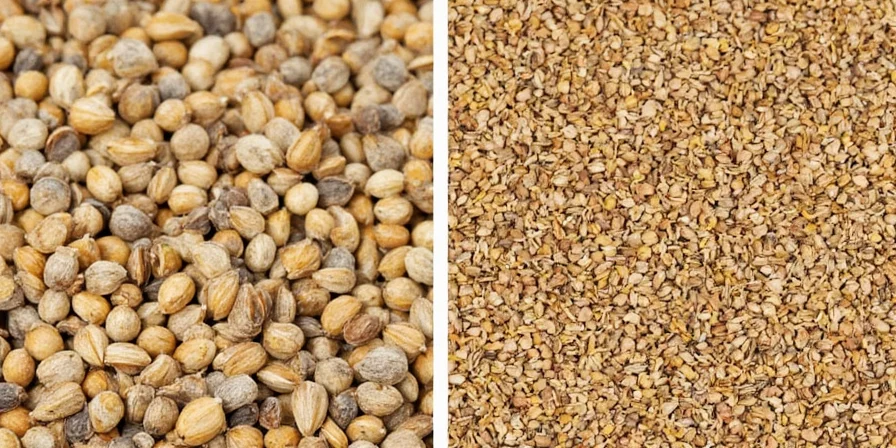

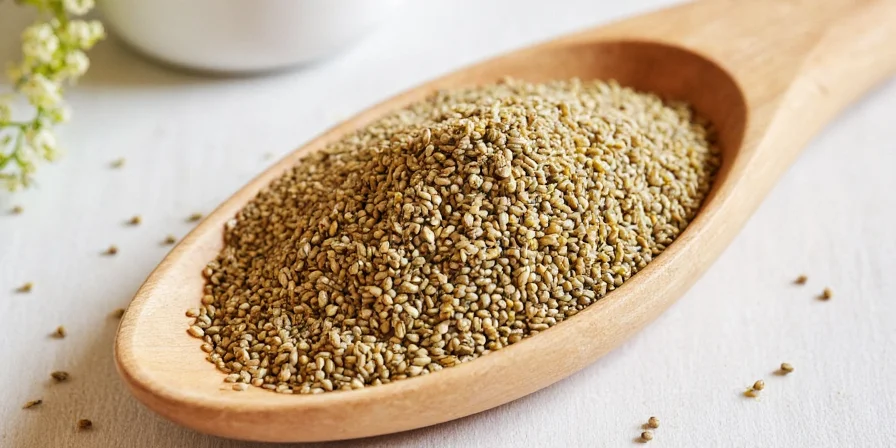









 浙公网安备
33010002000092号
浙公网安备
33010002000092号 浙B2-20120091-4
浙B2-20120091-4